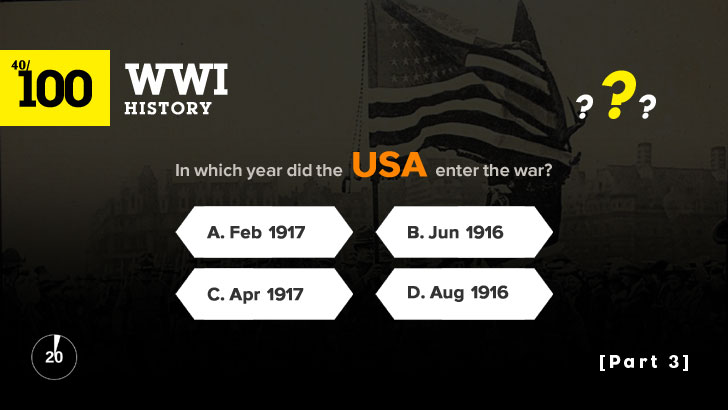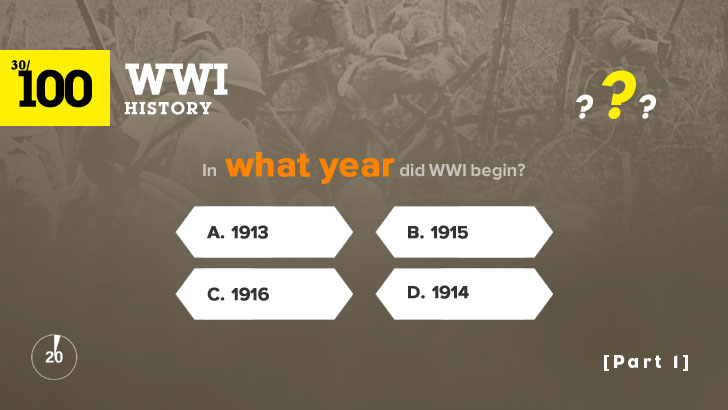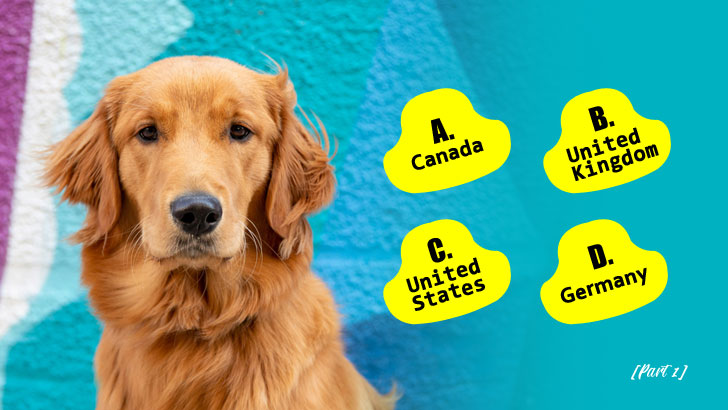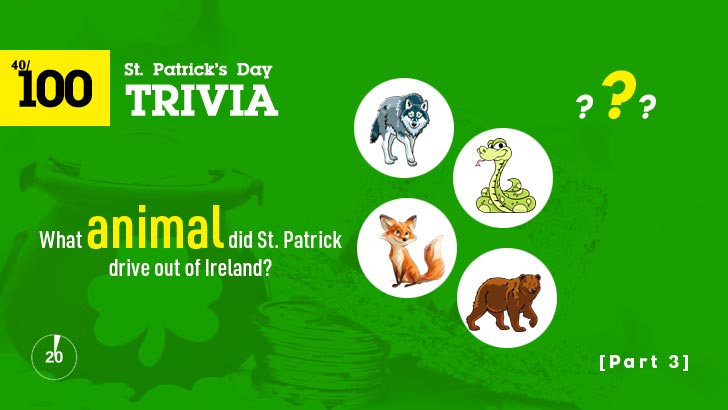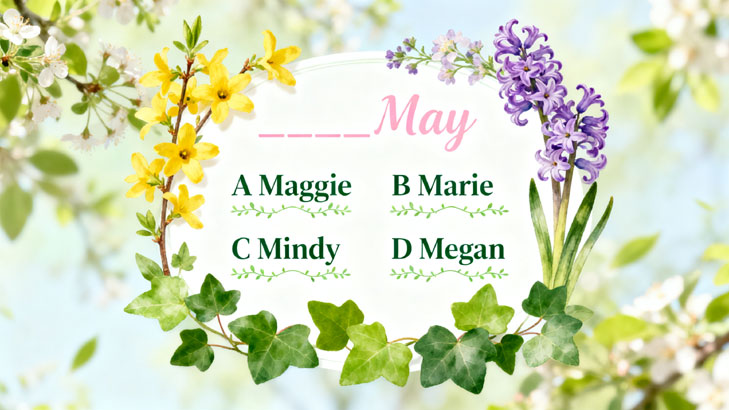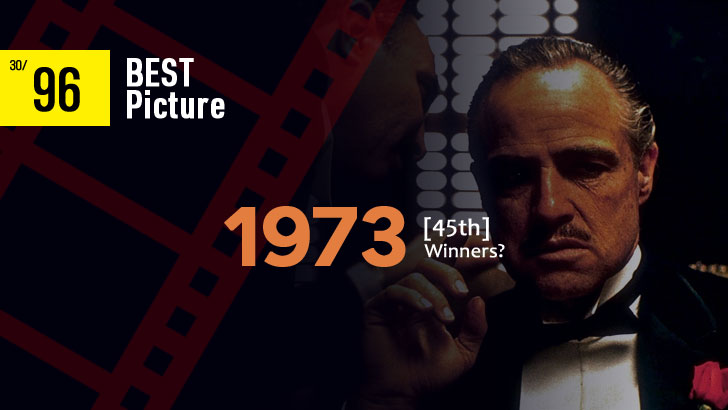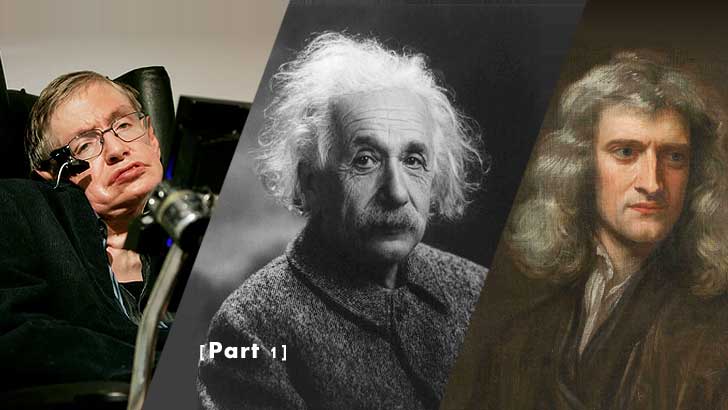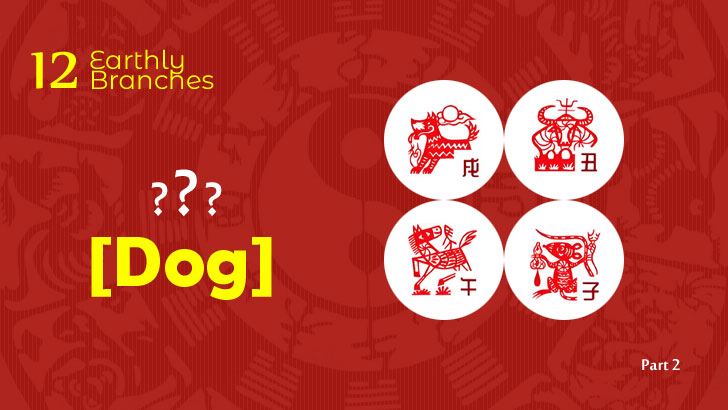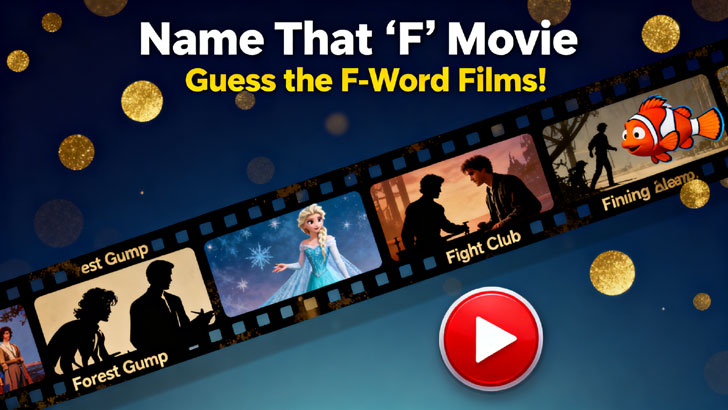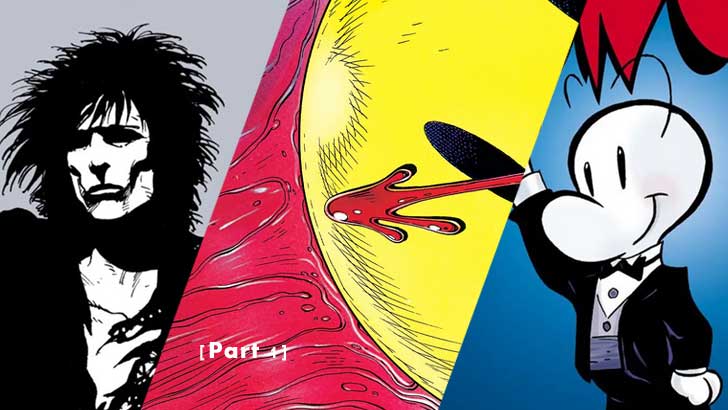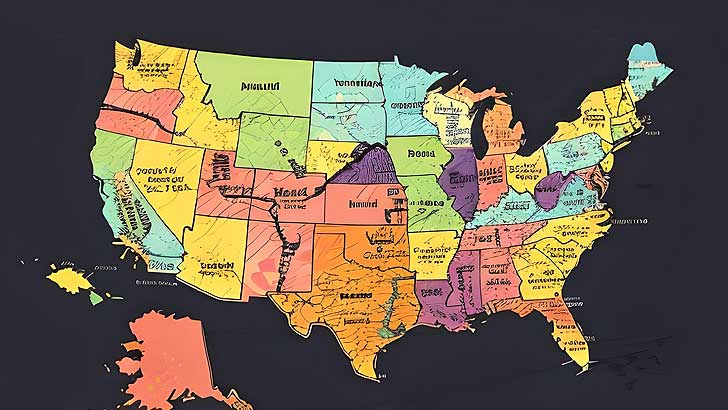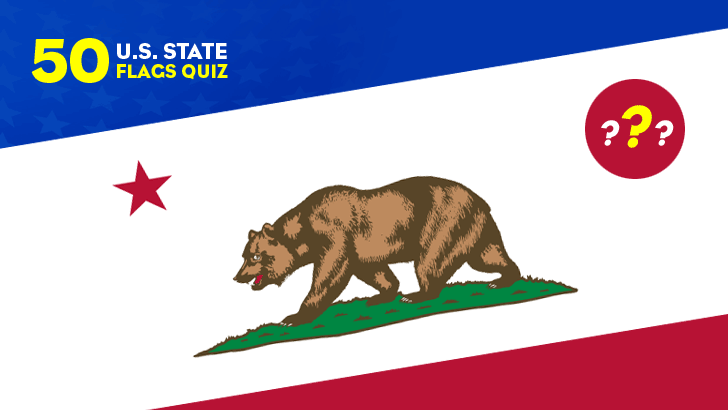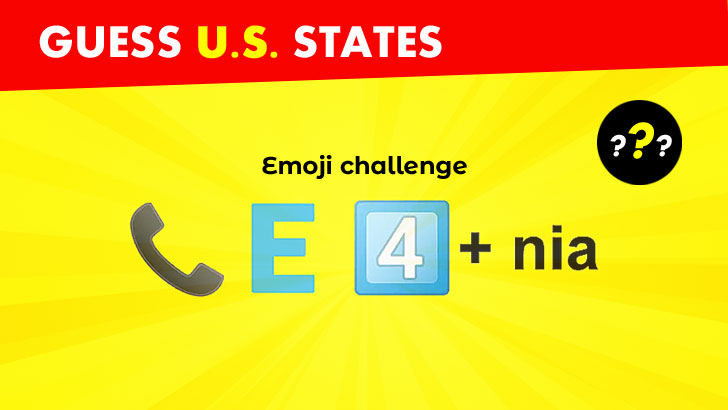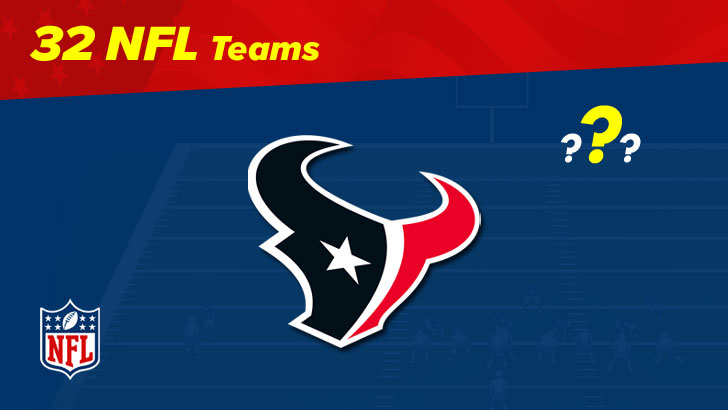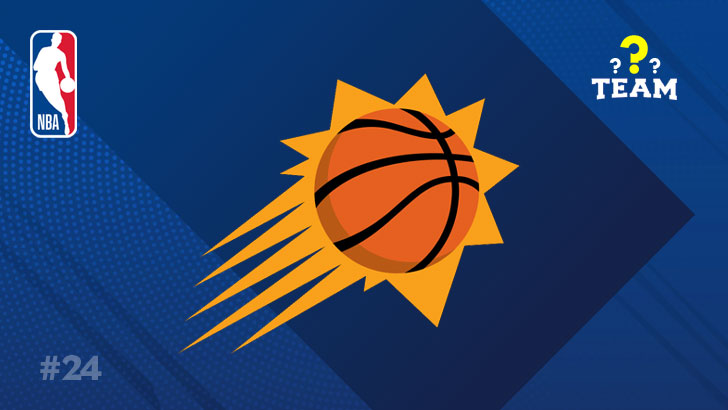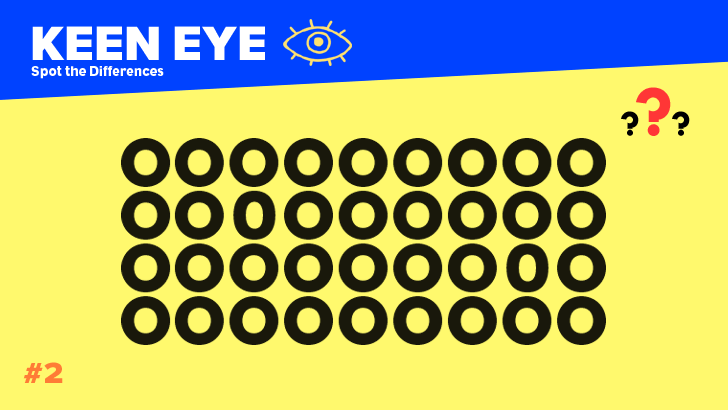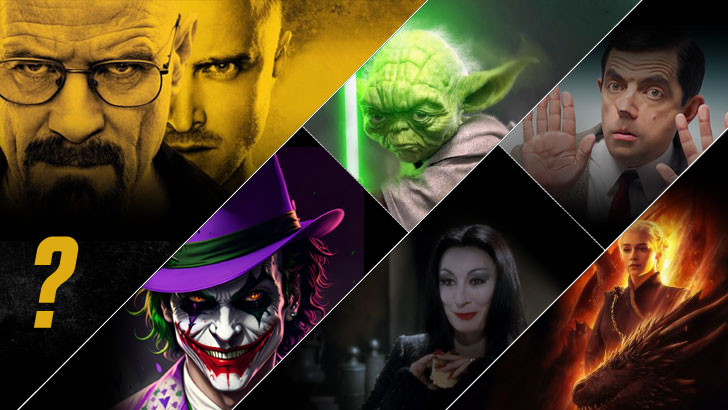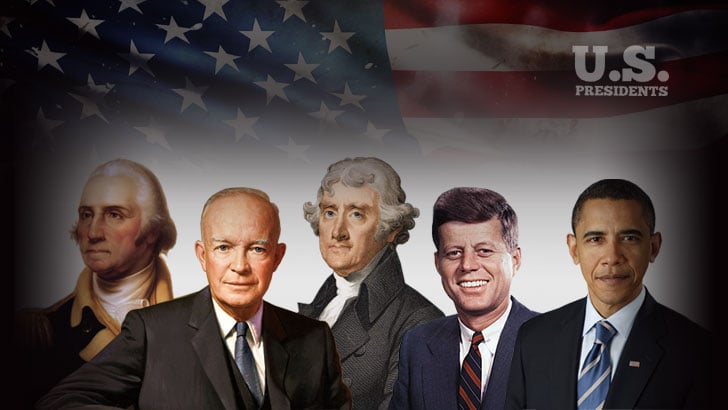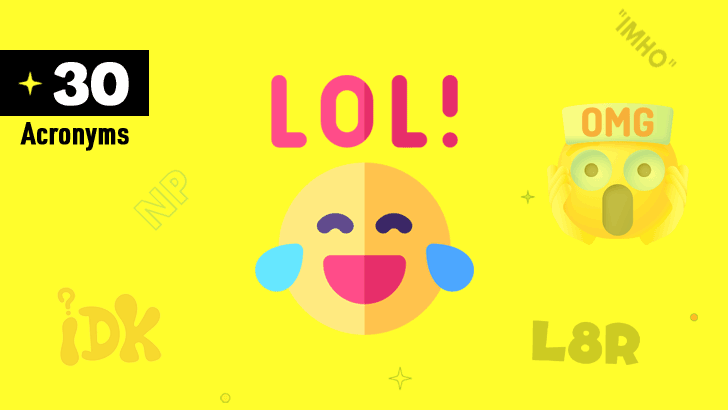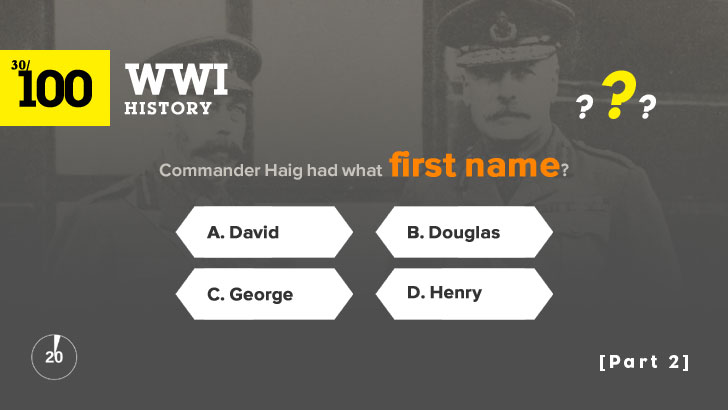
About This Quiz
This quiz drops you in the pivotal years 1914-1918. Questions cover everything from the horrific battles of Verdun and the Somme to technological breakthroughs such as tanks and gas masks, and from crisis points of diplomacy from the Zimmermann Telegram to the Treaty of Versailles.
General brush strokes of alliances and general context are required for the first round; subsequent rounds demand fierce specificity on individual offensives, commanders and dates.
You'll weigh the strategy, technology and the damage each one had to human beings and see which had the biggest impact on the war. Military buff or curious beginner, take the timeline and see how particular incidents led to the broad framework of World War I.
Italy joined the Allied side against Austria‑Hungary in which year?
[B] 1915 | The Treaty of London promised Italy territorial gains for switching sides; fighting erupted along the Alpine front.
The British passenger liner sunk by a German U‑boat in 1915 was named what?
[A] Lusitania | Although carrying munitions, the Lusitania’s destruction swayed American opinion toward war.
Which plan promised Mexico U.S. territory in exchange for joining the Central Powers?
[A] Zimmermann Telegram | British intelligence intercepted Germany’s secret proposal to Mexico, enraging the U.S. public.
Who led the Ottoman Empire during most of WWI?
[D] Enver Pasha | As Minister of War, Enver Pasha aligned with Germany and orchestrated the disastrous Caucasus campaign.
What type of gas was first used at the Second Battle of Ypres?
[B] Chlorine | The German Army released chlorine gas in April 1915, forcing French and Canadian troops to improvise gas masks.
The assassination of Franz Ferdinand occurred on what date?
[C] 28 June 1914 | The killings in Sarajevo on Saint Vitus’ Day set off diplomatic ultimatums that led to war.
Which Allied commander became Supreme Commander on the Western Front in 1918?
[A] Ferdinand Foch | French Marshal Foch coordinated the counteroffensive that halted Germany’s Spring Offensive and led to victory.
Which battle saw one of the first major uses of tanks by the British in 1916?
[C] Battle of the Somme | The British introduced armored “land ships” at Flers–Courcelette, though mechanical issues limited their impact.
Which poet wrote 'Dulce et Decorum Est'?
[B] Wilfred Owen | Owen’s vivid depiction of gas warfare condemned the notion that it is sweet and fitting to die for one’s country.
The secret society behind the assassination belonged to which country?
[D] Serbia | Members of the Black Hand sought to free Slavic peoples from Austro‑Hungarian rule and unite them with Serbia.
Mustard gas caused which debilitating symptom?
[A] Blistering of skin and lungs | Sulfur mustard burned skin and mucous membranes, leaving survivors with lasting injuries and banned after the war.
What was the nickname of Germany’s top flying ace?
[D] Red Baron | Manfred von Richthofen painted his aircraft red and became a legend of aerial combat.
Which treaty allowed Russia to leave the war?
[B] Treaty of Brest‑Litovsk | The harsh terms were later nullified when Germany lost the war, but Russia ceded vast territory.
The first tanks developed by Britain were nicknamed what?
[C] Little Willie | Little Willie was a prototype; subsequent tanks like the Mark I saw action at the Somme.
Which weapon was the standard German service rifle?
[D] Mauser | The bolt‑action Gewehr 98 Mauser was accurate, reliable, and influenced rifle designs worldwide.
What psychological trauma was experienced by many soldiers?
[B] Shell shock | Doctors coined the term shell shock to describe PTSD‑like symptoms from constant bombardment.
The Battle of Loos occurred in which year?
[A] 1915 | During this British offensive in France, chlorine gas was used but shifting winds turned it against the attackers.
Where was the Treaty of Versailles signed?
[C] Palace of Versailles | Delegates gathered in the Hall of Mirrors at Louis XIV’s opulent palace outside Paris.
Which nation signed the Treaty of Brest‑Litovsk with Germany?
[A] Russia | Lenin’s Bolshevik government signed the treaty to concentrate on the civil war despite losing Ukraine and the Baltics.
The Hundred Days Offensive in 1918 began with which battle?
[B] Battle of Amiens | Allied forces under Foch used surprise artillery barrages and tanks to breach German lines near Amiens.
During which campaign did the Allied forces attempt to secure the Dardanelles?
[D] Gallipoli | ANZAC troops landed on the Gallipoli peninsula in 1915 but failed to capture the straits from the Ottomans.
Armistice Day is commemorated annually on which date?
[C] 11 November | On 11 November 1918 fighting ceased; many countries now observe Remembrance Day or Veterans Day.
What nickname was given to the giant German howitzer used to shell Paris?
[C] Big Bertha | The 420 mm howitzers nicknamed Big Bertha bombarded Belgian forts and later Paris from miles away.
The Zimmermann Telegram promised Mexico which U.S. states?
[B] Texas, Arizona, New Mexico | Germany hoped to distract the U.S. by offering Mexico former territories lost in the Mexican–American War.
Which battle was fought in the Argonne forest in 1918?
[D] Meuse‑Argonne Offensive | American forces under Pershing attacked in the Meuse–Argonne, contributing to the war’s end.
What color were the poppies that grew on Flanders fields?
[A] Red | Lieutenant Colonel John McCrae’s poem inspired the red poppy as a symbol of remembrance.
Which system allowed convoys to guard merchant ships?
[B] Convoy system | Grouping merchant vessels under naval escort reduced sinkings by German submarines.
Who commanded the American Expeditionary Forces?
[C] John J. Pershing | General Pershing insisted U.S. troops fight as an independent army rather than be folded into British or French units.
Which weapon was banned after the war due to its horror?
[A] Chemical weapons | The Geneva Protocol of 1925 outlawed the use of poison gas, though not its production or stockpiling.
The Mills bomb refers to what?
[D] Hand grenade | The British Mk 1 fragmentation grenade, nicknamed Mills bomb, became a standard infantry weapon.
Your Scorecard
100 World War I Trivia Questions (2)
- Correct
- Correct Rate%Avg Correct Rate
- L1Difficulty Level1xPoints
- Get Points
Perfect100% Excellent≥90% Very Good≥80% Good≥70% Passed≥60% Failed≤50%
- 100 World War I Trivia Questions (1)
- 100 World War I Trivia Questions (2)
- 100 World War I Trivia Questions (3)
Related Quizzes
More from QuizABCD
-
![Guess the Dog Breed’s True Birthplace (1)]()
Guess the Dog Breed’s True Birthplace (1)
20 QuestionsPlay Quiz -
![The Ultimate St. Patrick's Quiz: 100 Qs (3)]()
The Ultimate St. Patrick's Quiz: 100 Qs (3)
40 QuestionsPlay Quiz -
![Name That Person in the Song Title (2)]()
Name That Person in the Song Title (2)
20 QuestionsPlay Quiz -
![96 Oscar Best Pictures – Name ’Em! (2)]()
96 Oscar Best Pictures – Name ’Em! (2)
30 QuestionsPlay Quiz -
![Genius Gallery: Name the Scientist - Part 1]()
Genius Gallery: Name the Scientist - Part 1
30 QuestionsPlay Quiz -
![Chinese Zodiac: Earthly Branches Quiz (2)]()
Chinese Zodiac: Earthly Branches Quiz (2)
12 QuestionsPlay Quiz -
![Name the ‘F’ Movie from Just One Frame (2)]()
Name the ‘F’ Movie from Just One Frame (2)
25 QuestionsPlay Quiz -
![100 Comic Books: Name the Creators (1)]()
100 Comic Books: Name the Creators (1)
30 QuestionsPlay Quiz
This week-
![50 States Map Quiz, No Stress—Go!]()
50 States Map Quiz, No Stress—Go!
000,000 Plays / 0,000 LikesPlay Quiz -
![50 State Flags Quiz – Part 1]()
50 State Flags Quiz – Part 1
000,000 Plays / 0,000 LikesPlay Quiz -
![]()
Guess the States from EMOJIS! (1)
000,000 Plays / 0,000 LikesPlay Quiz -
![Name Every NFL Team Logo! - Part 1]()
Name Every NFL Team Logo! - Part 1
000,000 Plays / 0,000 LikesPlay Quiz -
![Name That NBA Logo! (All 30) - Part 1]()
Name That NBA Logo! (All 30) - Part 1
000,000 Plays / 0,000 LikesPlay Quiz -
![Spot the Differences: Test Your Keen Eye!]()
Spot the Differences: Test Your Keen Eye!
000,000 Plays / 0,000 LikesPlay Quiz -
![]()
100 Greatest Music Artists Quiz (1)
000,000 Plays / 0,000 LikesPlay Quiz -
![50 Greatest TV Characters – Name ’Em!]()
50 Greatest TV Characters – Name ’Em!
000,000 Plays / 0,000 LikesPlay Quiz -
![U.S. Presidents in Order Quiz (10s)]()
U.S. Presidents in Order Quiz (10s)
000,000 Plays / 0,000 LikesPlay Quiz -
![30 Common Chat Acronyms Quiz]()
30 Common Chat Acronyms Quiz
000,000 Plays / 0,000 LikesPlay Quiz
